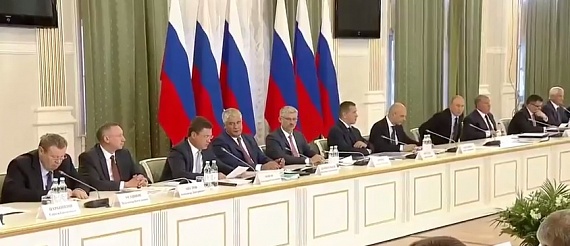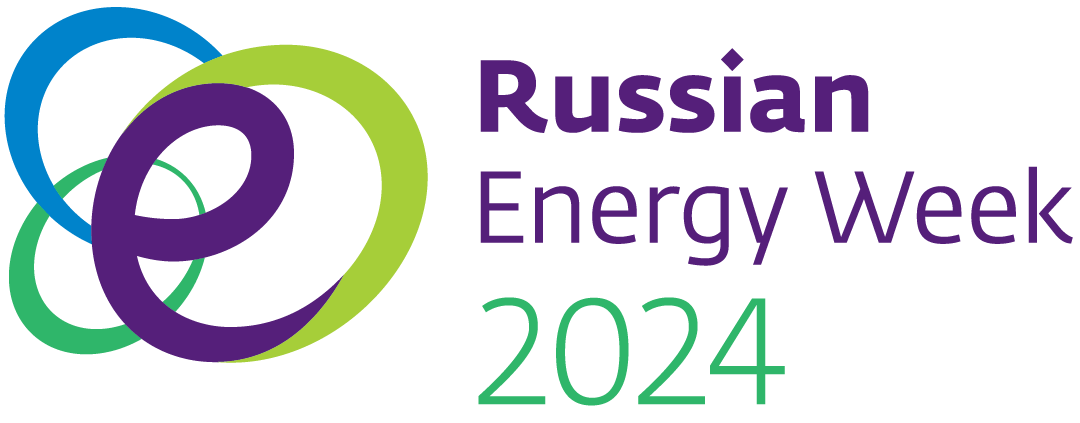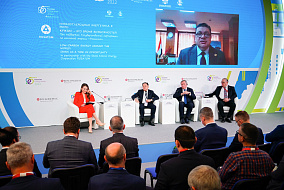The Meeting of the Commission on the Strategy for the Development of the Fuel and Energy Industry and Environmental Safety

Alexander Novak’s presentation.
[Excerpts from transcript of meeting of the Commission on the Strategy for the Development of the Fuel and Energy Industry and Environmental Safety]
Mr President, colleagues,
A number of fundamental decisions and strategically important documents on promoting the coal industry have been adopted over the past several years. One of the first, the Long-Term Programme for the Development of Russia’s Coal Industry to 2030, was approved by you, Mr President, here in Kuzbass, in January 2012.
Certain measures have been taken to promote this programme and, most importantly, all stakeholders, such as ministries, departments, coal and energy companies, Russian Railways and the administration of the coal regions joined their efforts to achieve that goal. All this has had a significant effect, and the coal industry has successfully overcome a period of a major fall in prices on global markets and is expanding steadily.
I will give you several numbers. From 2012 to 2017, Russian coal production increased by 15.5 percent to 410 million tonnes. This year, we will produce over 420 million tonnes, and we are likely to surpass the record set in the Soviet Union in 1988. The volume of coal preparation is also expected to increase to 195 million tonnes, up 28 percent. The investment will reach 130 billion rubles a year, and taxes will amount to over 100 billion rubles.
As a result of the measures taken on your instruction, Mr President, the production targets for 2030 have already been achieved. That is, we are moving ahead of the long-term development programme. To compare with the updated programme of 2014, we are three years ahead of schedule. So, of course, the programme itself needs to be adjusted, and more ambitious goals need to be set regarding commissioning capacities, the quality of coal, and the share of exports in supplies.
Coal mining is shifting to a safer, open method. The share of this kind of mining has increased from 70 to 75 percent in five years. Production is becoming concentrated at the most efficient enterprises. The load on the coal face and mining transport equipment is growing. Coal miners’ productivity has increased by a factor of 1.5 over the past five years. This year alone, the Russian miners set seven world records.
The capacities in traditional coal regions, primarily in Kuzbass, are being modernised. New coal mining centres are being created in eastern Russia, and coal fields in Khakassia, Transbaikal, Yakutia, Khabarovsk Territory, and Sakhalin are being developed. Since 2012, over 40 percent of production capacities were upgraded, nine modern mines were opened, 14 open cuts and nine coal preparation plants have been commissioned. New centres of coal mining in eastern Russia account for one-third of the newly commissioned capacity, which is also important and is included on the list of our priorities.
Fundamental changes to ensure occupational safety, especially in terms of reducing the risk of major accidents, mandatory degassing, and introducing multifunctional safety system at mines had a positive effect. Suffice it to say that in 2017 the industry had the lowest specific index of fatal injuries and the highest spending on safe conditions in its history. Following the work of the interdepartmental commission sponsored by the Ministry of Energy, coal companies developed medium-term measures to improve industrial safety in 2016 and are now implementing them.
<…>
Now, a few words about further plans regarding the strategic development of the coal industry. It is fundamentally important for us to assess prospects for strengthening Russia's position on global export markets. Exports have been a key driver of the industry's growth over the past decade, and will remain such a driver.
The analysis of the situation on global coal markets shows that as the world's third largest exporter of coal Russia has a new window of opportunity in the medium term.
Last year, global coal consumption resumed its growth, including in Southeast Asia, India, Turkey and a number of other countries. The international trade in energy coking coal increased and exceeded 1.3 billion tonnes.
According to experts, the steady growth in demand for coal, primarily in the Asia-Pacific region, will continue to 2025–2030 and amount to at least 100 million tonnes.
It is in our interests to make the most of this potential additional demand, especially since Russian coal has significant competitive advantages due to its high quality, high caloric content, low sulphur, nitrogen and ash content which can be seen from the steady increase in Russia’s share in the international coal trade. Over the past 20 years, it has increased by over 3.5 times and reached 14 percent.
According to our estimates, we expect the export of coal from Russia to exceed 200 million tonnes this year: about 100 million tonnes to the west and about 100 million tonnes to the east. Right now our prospects for the western direction seem limited due to the EU countries’ plan to decrease coal consumption and the forecasted competition from Colombian and US suppliers. In general, we should say that today Russia’s share on European markets accounts for about 40 percent, which is rather high.
Speaking about the eastern direction, our share there is 9.3 percent, and we see an opportunity to double our exports by 2025 and increase Russia’s share to 20 percent. In general, our total share on the global market will increase 6 percent. We have the necessary production capacities to reach these export volumes.
The Energy Ministry together with colleagues from other federal bodies and coal producing companies have determined the probable increase in production according to the approved programme. The numbers may reach 560 tonnes by 2025 against the approved 460, and 590 against 480 by 2030. This means 23–25 percent growth. In order to do this, we need almost one trillion roubles of private investment in coal mining.
Our colleagues from coal companies say that they are ready to invest that much to develop production capacities. First of all, an increase in production is expected in Kuzbass, Khakassia, Yakutia, Tyva and the Khabarovsk Territory; we are also factoring in projects in the Trans-Baikal Territory, Buryatia and the Irkutsk, Novosibirsk and Amur regions. Of course, the main boost for this investment was the decision to set long-term rates for rail transport until 2025 that you approved at the end of last year. This is especially important and we have discussed this many times, considering the high share of transport costs in coal pricing.
Based on the forecasted demand increase on the coal market and businesses’ confirmed investment plans, we have determined the total volume of coal exports from Russia to the east. They can increase from 100 to 207 million tonnes by 2025, including up to 195 million tonnes carried by railway. Of course, here we return to the key issue you also mentioned at the beginning of the Commission’s work today: removing restrictions on the transport infrastructure’s transit capacity considering the need to supply it with electricity.
The first stage of the Eastern Range's development programme being implemented by Russian Railways involves increasing coal export haulage in the eastern direction to 125 million tonnes by 2019. The second stage involves boosting the volume to 180 million tonnes by 2024.
Through the efforts of the Ministry of Energy, Ministry of Transport and Russia's regions together with coal companies and Russian Railways, the project envisages, at the latter's own expense, further expanding the infrastructure's carrying capacity in the eastern direction to 210 million tonnes, including coal cargoes of 195 million tonnes by 2025. We propose making this task a target parameter of the second stage of the Eastern Range railway development programme today.
The long-term development programme envisages investments amounting to about 700 billion roubles for developing the infrastructure in the eastern territories. These figures are reconciled and substantiated.
Assessments have been made of the capacities of coal terminals at the ports in Russia's northwest, south, and the Far East. According to our estimates, the rate of development of these capacities will allow us to fully supply the expected volume of Russian coal exports through private investment.
The fastest capacity growth will be observed at ports on Russia's Pacific coast, given the proximity to core growing markets. Major transport hubs will be the Vanino-Sovgavan hub in the Khabarovsk Territory and southern Primorye Territory.
While addressing this issue, we also paid special attention to the development of energy infrastructure. It is expected that the investment programme of the Rosseti company and its subsidiaries will allocate funds for this purpose as well.
Mr President, colleagues, The practical implementation of these proposals will become a major investment process in the next few years to come. This is fully in line with your executive order on developing railway and energy infrastructure signed in May. Total investments will amount to over 1.5 trillion rubles during six years, including the investments up to one trillion rubles in the production and processing of coal, construction of ports, purchasing railway cars, as well as some 700 billion rubles to be invested by Russian Railways and investments in the development of the Eastern Range's electrification. This will have a massive multiplier effect on other economic sectors as well, such as metallurgy, heavy equipment and transport manufacturing, and shipbuilding, increase tax revenues to the federal and regional budgets, and create a foundation for our country's long-term socioeconomic development. Our proposals are also reflected in the Commission's draft resolution.
Mr President, I ask you to support the outlined approaches to solving more ambitious infrastructure tasks and the corresponding adjustment of the programme for the coal industry development.





